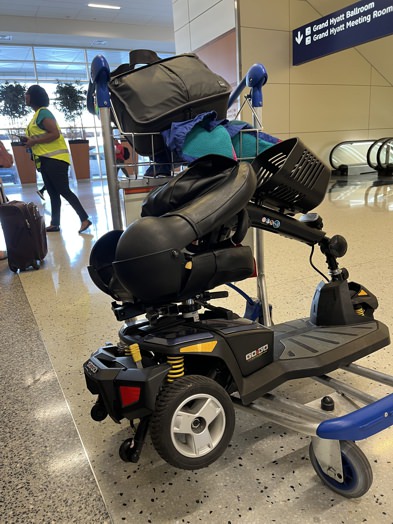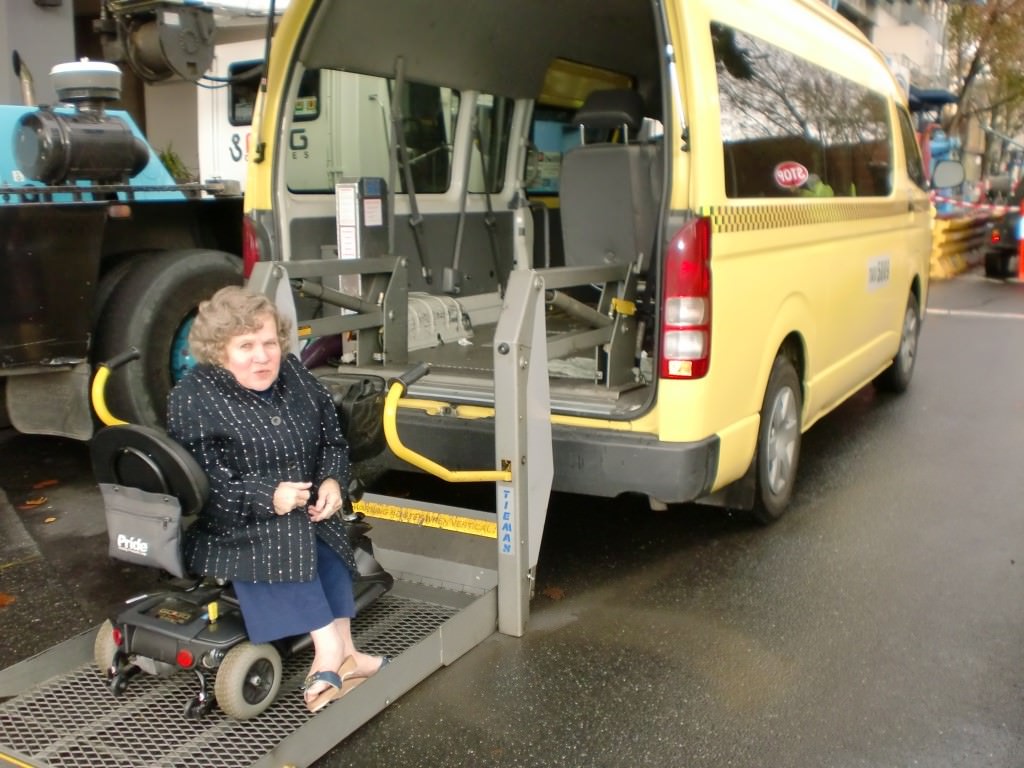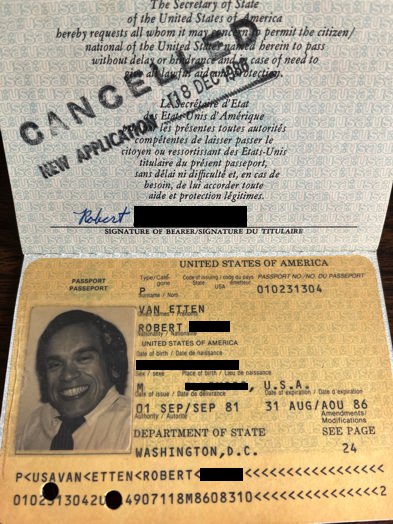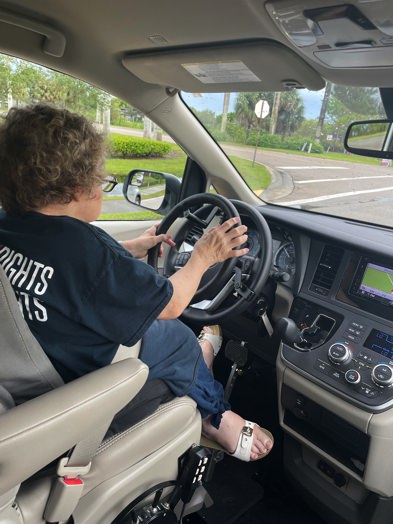
More than 10,000 wheelchairs and other mobility devices are mishandled or damaged every year during air travel! The United States Access Board is a reliable source for this appalling statistic. Tears, injuries, missed vacations and events, and irreparable harm cannot be compensated with apologies, loaner wheelchairs, delayed and inadequate repairs, or flight credits. So finally after years of intensive advocacy by disabled travelers and disability organizations, relief is in sight.
Want to subscribe to receive blog updates sign up today!
On February 28, 2024, the U.S. Department of Transportation (DOT) issued a Notice of Proposed Rulemaking (NPRM) to strengthen 14 CFR Part 382, the rule implementing the Air Carrier Access Act (ACAA). The safety and dignity of passengers whose mobility depends on wheelchairs and scooters is proposed in the following rule provisions:
- Mandating annual, hands-on training for airline staff and contractors who (1) physically assist passengers with transfers to and from aircraft seats, aisle chairs, and personal wheelchairs, and (2) handle passengers’ wheelchairs.
- Outlining actions that airlines must take to protect passengers when a wheelchair is damaged during transport.
- Allowing passengers to choose the company that will repair or replace their wheelchair if it’s mishandled with the airline covering the costs.
- Clarifying that (1) airlines must provide prompt, safe, and dignified assistance to all passengers with disabilities; and (2) damaging or delaying the return of a wheelchair is an automatic violation of the ACAA.
- Making it easier for DOT to hold airlines accountable for failing passengers who use a wheelchair.
Comments on the Notice of Proposed Rulemaking must be received within 60 days of the date it is published in the Federal Register (publication is imminent at https://www.federalregister.gov). Comments can be filed on www.regulations.gov, giving the docket number DOT-OST-2022-0144, the Regulatory Identification Number (RIN 2105-AF14), and agency name i.e. the U.S. Department of Transportation.
If you’re perturbed that the NPRM doesn’t go far enough, remember that regulations must stay within the boundary of the statute which authorizes them. So this is a good time to also promote passage of the Air Carrier Access Amendments Act of 2023 (H.R. 1267 and S.545) which U.S. Representative James Langevin has introduced every year since 2015. The bill which has yet to gain traction in the United States House or Senate would do the following for airline passengers with disabilities:
- Expand protections and require airlines to meet minimum accessibility standards for safe and effective boarding and deplaning, seating accommodations, accessible lavatories, and stowage for wheelchairs and assistive devices.
- Require the DOT to prescribe regulations setting minimum accessibility standards for new and existing aircraft, airport facilities, websites, and kiosks.
- Establish a procedure for filing disability-related discrimination complaints with the DOT.
- Assist passengers through a toll-free hotline or other electronic method.
- Authorize the Department of Justice (DOJ) and aggrieved passengers to bring civil actions for discrimination against an air carrier.
- Mandate the issuance of fines to airlines that violate the laws protecting people with disabilities in air travel, and to refer patterns of discrimination to the DOJ.
Want relief? Submit comments and get your congressional representatives to support the ACAA Amendments.
Photo credit: Markus Kammermann from Pixabay
You may also want to read:
- Angela Muir Van Etten. “Add Teeth Not Candles for Birthday of Air Carrier Access Act.” Blog post. October 3, 2022. https://angelamuirvanetten.com/air-carrier-access-act/
- Angela Muir Van Etten. “AIRLINE PASSENGERS with DISABILITIES have RIGHTS: What’s in Our Bill?” Blog post. December 18, 2023. https://angelamuirvanetten.com/airline-passengers-with-disabilities-have-rights-whats-in-our-bill/
- H.R. 1267 – Air Carrier Access Amendments Act of 2023. 118th Congress (2023-2024). https://www.congress.gov/bill/118th-congress/house-bill/1267?s=1&r=8
- S. 545 —Air Carrier Access Amendments Act of 2023. 118th Congress (2023-2024). https://www.congress.gov/bill/118th-congress/senate-bill/545?q=%7B%22search%22%3A%22Air+Carrier+Access+Amendments+Act%22%7D&s=1&r=2
- Notice of Proposed Rulemaking – Ensuring Safe Accommodations for Air Travelers with Disabilities Using Wheelchairs (MS Word Version). United States Department of Transportation. February 28, 2024. https://www.transportation.gov/airconsumer/flying-with-dignity-NPRM-MSWord









